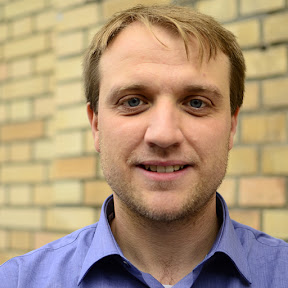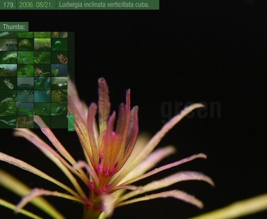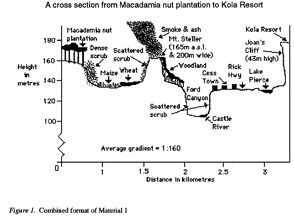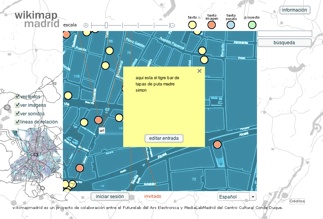O. W. Bertelsen and S. Bodker. Cooperation in massively distributed information spaces. In Proceedings of the Seventh European Conference on Computer Supported Cooperative Work ECSCW’01, Bonn, Germany, 16-20 September 2001. Kluwer Academic Publishers. [pdf]
———–
Common information spaces are often, implicitly or explicitly, viewed as something that can be accessed in toto from one (of many) location. Our studies of wastewater treatment plants show how such massively distributed spaces challenge many of the ways that CSCW view common information spaces. The studies fundamentally challenge the idea that common information spaces are about access to everything, everywhere. Participation in optimisation is introduced as an important feature of work tied to the moving around in physical space. In the CSCW literature, peripheral awareness and at a glance overview are mostly connected with the coordination of activities within a control room or in similar co-located circumstances. It is concluded that this focus on shoulder to shoulder cooperation has to be supplemented with studies of cooperation through massively distributed information spaces.
This study reports an interesting field study where some of the classical CSCW concepts are reconsidered, as for instance the notion of peripheral awareness that usually is conceived as local and immediate (“at a glance”), while in the study the authors found evidences of this awareness embedded in how people move about in the plant. The observed users were able to identify the location of each other in the plant despite the fact that they could not see and hear each other.
This study fundamentally challenge the idea that common information spaces are about access to everything, everywhere. The overview created by the wastewater workers cannot be retrieved from any central position in the plant; neither it can be separated from being physically present in particular parts of the plant.
The authors conclude that the watewater plant, in contrast to many cases described in the CSCW literature, and in contrast to such ideal cooperation devises as common artifacts, reveals a continuum of places of which many are geographycally fluent: “spaces of understood reality”, spaces that are dealt with through movement, and movement as a precondition for learning, participation and experimentation.
 Tags: Computer Supported Collaborative Work, ethnography, geography, human computer interaction, interaction design, location awareness
Tags: Computer Supported Collaborative Work, ethnography, geography, human computer interaction, interaction design, location awareness
![]() Tags: ecology, education, hack, new technology, open source, plants
Tags: ecology, education, hack, new technology, open source, plants






